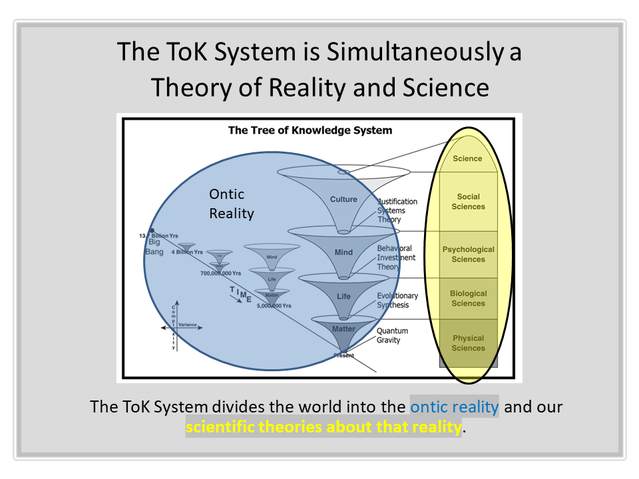Philosophy
There Have Been Four Big Bangs, Not Three
There have been four big bangs in the course of cosmic evolution.
Posted February 24, 2021 Reviewed by Gary Drevitch
In his book The Three Big Bangs: Matter-Energy, Life, Mind, Holmes Rolston III, a Distinguished Professor of Philosophy, argued that we can obtain a grand narrative of our place in nature by framing it in terms of three “explosions” that generated: 1) matter-energy; 2) life; and 3) the human mind. Rolston’s book is simultaneously helpful, interesting, and diagnostic of modernity's flawed understanding of the mind that has clear roots in the Enlightenment Gap.
First, Rolston is absolutely correct in that we need a new, coherent naturalistic picture of cosmic evolution. It is a picture that is slowly coming into view by scholars of all stripes, including natural scientists like E. O. Wilson and Sean Carroll, historians like Dave Christian, and philosophers like himself and Lawrence Cahoone.
Second, he is also correct in proclaiming that, following Plato, we can carve nature at its joints by using the metaphor of big bang singularities. As he explains in his Preface, “There have been three big bangs: generating matter-energy, generating life, generating the human mind. These explosions form no simple continuum but a complicated, diffracted, exponential story. ‘Big bang’ is here a metaphor for critical, exponential, nonlinear bursts with radical consequences for exploring new state spaces with novel combinatorial possibilities. Using another term, there have been three ‘big singularities’.”
Given these two points, Rolston should be commended. However, his book must be criticized because it misses an entire big bang. For more that 20 years, the Tree of Knowledge System has mapped the universe in the four big bangs of Matter/Object, Life/Organism, Mind/Animal, and Culture/Person and does so in a way that affords us a new unified theory of psychology.
As detailed here, here, and here, the Cambrian Explosion saw the emergence of the animal mind, which Rolston's formulation completely misses. There is even a coherent metatheory of mind, brain, and animal behavior called Behavioral Investment Theory that explains why the (animal) Mind is a big bang singularity in Rolston's sense of the term. Moreover, we can now clearly see the five basic steps that take us from its inception “up” into human self-consciousness and the emergence of the Culture-Person plane of existence.
By effectively corresponding the ontic reality with scientific knowledge about that reality, the Tree of Knowledge System affords us a clear, coherent naturalistic scientific view of the world.



